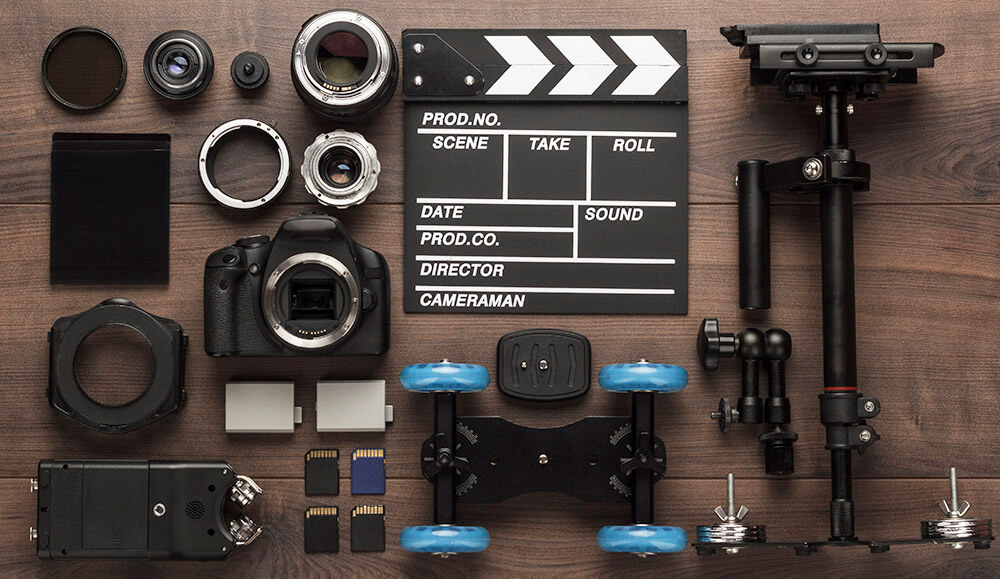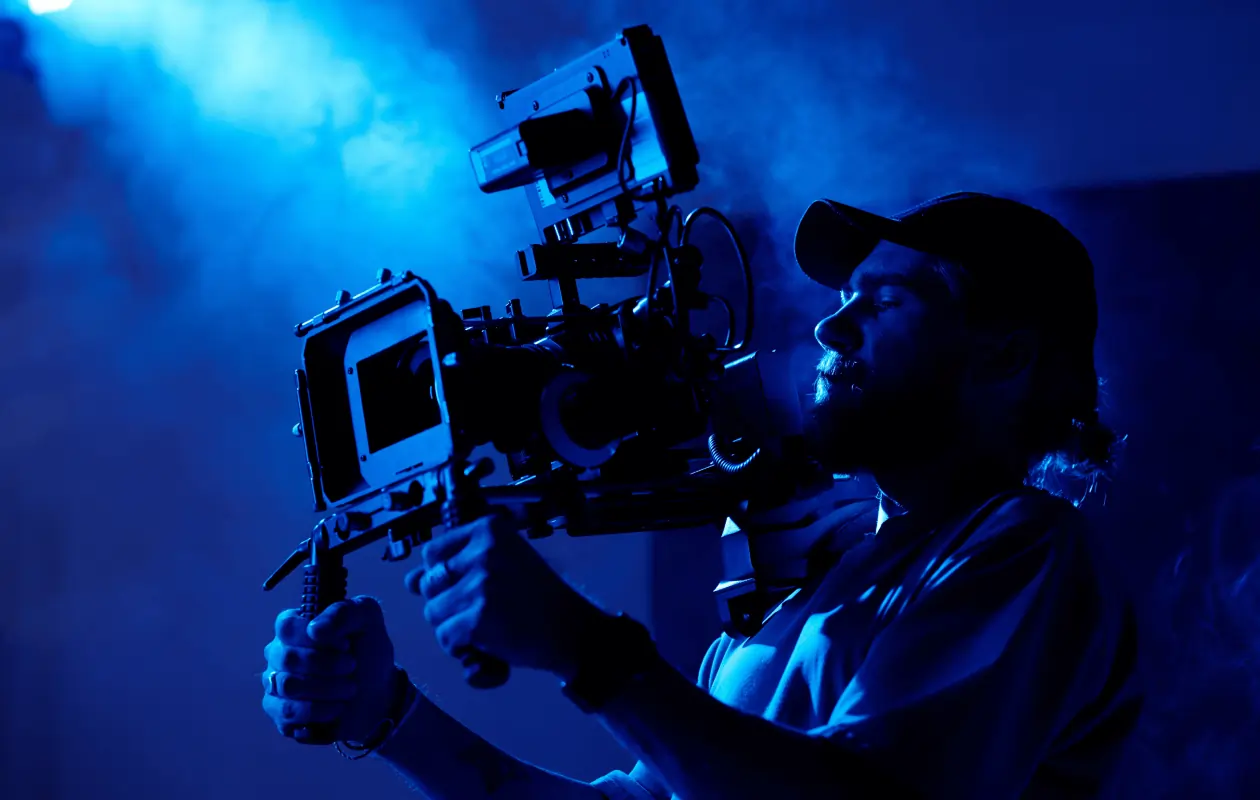Embarking on a career as a videographer is an exciting prospect filled with opportunities for creativity and dynamic work environments.
Whether you’re aiming to capture weddings, corporate events, or cinematic productions, each path requires a unique set of skills and knowledge.
For beginners, one crucial step is choosing the right tools, including a reliable free video editor without watermark which can greatly enhance your ability to produce clean, professional videos without initial heavy investments.
This allows you to showcase your work in its purest form, attracting clients who appreciate clear, unbranded content as they evaluate your style and competency.
Key Equipment for Videographers

Choosing Your Camera
The first step in becoming a videographer is selecting the right camera. Options range from DSLRs and mirrorless cameras to cinema cameras for higher-budget productions.
Consider factors such as resolution, frame rates, and input/output connections. Your choice will impact the quality of your videos and your ability to shoot in various conditions.
Essential Accessories
In addition to a camera, essential accessories include stabilizing equipment like gimbals, tripods, quality microphones, and lighting kits.
These tools are crucial for producing polished, professional-looking video content. Proper lighting can transform a mediocre video into a professional one, and clear audio is just as important as crisp visuals.
Developing Videography Skills

Technical Skills
Videographers must master various technical skills such as understanding different camera settings, lighting techniques, and audio configurations.
Knowledge of editing software like Adobe Premiere Pro or Final Cut Pro is also essential. These skills are not only crucial for creating high-quality videos but also for troubleshooting in the field.
Creative Skills
Creativity is just as important as technical ability. Developing an eye for composition, understanding storytelling through visuals, and being able to adapt to different styles are key to standing out in the field.
Each project may require a unique approach, whether it’s a fast-paced music video or a documentary featuring slow, thoughtful shots.
Building a Portfolio
Gathering Diverse Content
Create a diverse portfolio that showcases a wide range of skills and projects. Include different types of videography such as interviews, live events, and narrative pieces to attract a broad audience.
This variety not only demonstrates your versatility but also broadens your appeal to various client types.
Showcasing Your Work Online
An online portfolio is critical in today’s digital age. Platforms like Vimeo, YouTube, and personal websites provide spaces to present your work and gain visibility.
Regular updates and high-quality uploads can help keep your audience engaged and attract new clients through professional presentation and accessible content.
Getting Professional Experience
Freelancing Opportunities
Starting as a freelancer can provide flexibility and a variety of projects. Use platforms like Upwork or Freelancer to find gigs ranging from small local events to larger commercial projects.
This variety will help you build a robust portfolio and gain valuable experience across different settings and styles.
Internships and Volunteering
Internships or volunteering in videography roles can provide invaluable real-world experience and networking opportunities.
They can also lead to more stable job offers. This hands-on experience is critical for understanding the day-to-day demands of videography jobs and for building relationships in the industry.
Marketing Yourself as a Videographer
Social Media and Networking
Utilize social media platforms to share your work, connect with potential clients, and network with other professionals.
Networking can often lead to referrals and job opportunities. Active engagement on platforms like Instagram and LinkedIn can also boost your visibility and attract a broader clientele.
Creating a Brand Identity
Develop a unique brand identity for your videography business. This includes a logo, business cards, and a consistent style or theme that makes your work recognizable.
A strong brand helps clients remember and choose you over competitors.
Conclusion
Becoming a professional videographer involves a blend of technical mastery, creative vision, and strategic marketing.
By continuously learning and adapting to new technologies and trends, you can build a successful career in this dynamic field.







